To improve water quality on the island, you can adopt the following environmentally friendly measures.
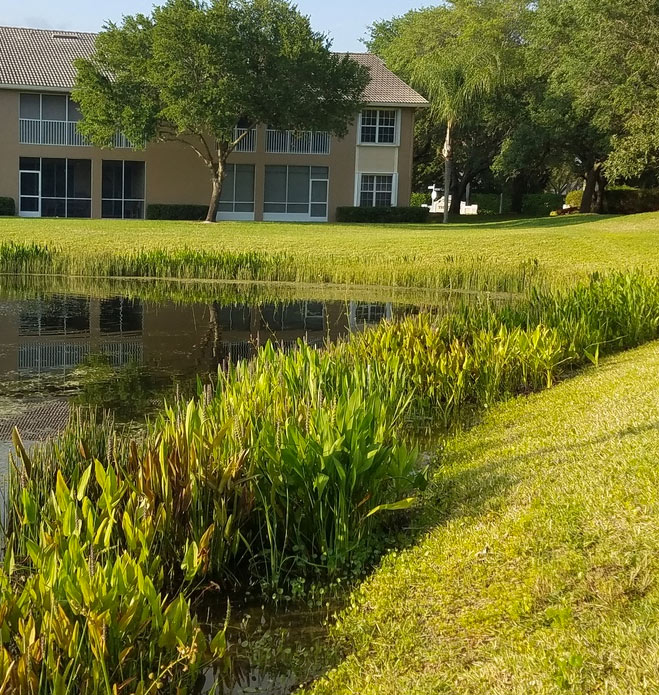
Littoral Zone Plantings and Shoreline Buffers
Planting your shoreline provides natural nutrient removal from urban runoff. This BMP involves the planting of emergent and submergent aquatic vegetation along the water’s edge based on the slope of the bank and the needs of each individual plant. The plants will slow down stormwater runoff, and uptake a portion of the nutrients before they enter the lake or pond. These plants will also stabilize the shore banks to prevent potential erosion.
Based on GIS analysis, 30% littoral coverage of the shoreline should provide water quality improvements. Littoral plantings and buffers provide excellent foraging habitat for water birds, and offer additional protection for juvenile fishes and invertebrates that feed on algae.
Floating Treatment Wetlands (FTWs)
Because of the methods used to construct lakes and stormwater ponds in older communities, often times shoreline banks are too steep to allow the successful colonization of littoral vegetation or homeowners prefer an unobstructed view of the water, and in these cases FTWs are a great option to help improve water quality and habitat for wildlife.
A FTW is essentially a floating mat upon which plants grown hydroponically uptake excess nutrients via there root system. As plants mature, nutrients become tied up in the plant tissue. The plants are harvested periodically from the FTWs, further reducing the nutrients from the waterbody. Some plants grown on FTWs have the ability to release chemicals into the water that deter algal competitors.
Furthermore, the submerged portions of FTWs provide substrate for the growth of beneficial, nutrient reducing microbes. FTWs also create and enhance wildlife habitat; plant biomass above the surface provides habitat for wading birds, turtles and alligators while biomass below the water provides a nursery for juvenile fishes.
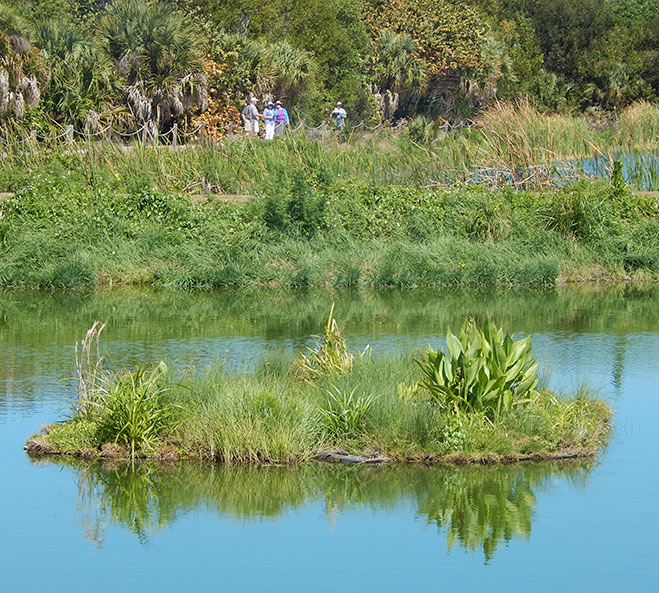

Mechanical Removal of Algae and Aquatic Pest Plants
Typically, the preferred measure for ridding lakes of algae blooms or reducing the prolific growth of aquatic nuisance plants is the use of chemical herbicides. Unfortunately, research has shown that these herbicides will also harm non-target species, i.e. other native plants, invertebrates and juvenile fishes. Moreover, the use of herbicides does not reduce nutrient concentrations in the waterbody; in fact it can actually release nutrients back into the system through the decomposition of the treated biomass.
Mechanical removal of algae and aquatic pest plants by raking and/or seining the problematic plants and algae is highly recommended. Using mechanical techniques and refraining from the use of chemicals will not only reduce nutrient levels in the system, but it will also prevent the unintended mortality of invertebrates and juveniles fishes that often feed on the aquatic pest plants and algae.
Lake-Friendly Landscaping/Gardening
Properly planned landscapes and gardens can greatly reduce impacts to water quality. Before installing new landscaping performing an overall site evaluation may be beneficial. The evaluation should take into account: sun vs. shaded areas, salt spray, soil types, soil pH, water drainage, slopes and soil compaction.
The design of the landscape should include features that reduce runoff and minimize the amount of fertilizer or pesticide application. Low impact designs are ideal; one that preserves natives trees or vegetation. Homeowners should choose plants that are low maintenance, disease resistance and/or Florida friendly. Native plants are highly recommended as they require little to no fertilizer or irrigation, and provide excellent habitat for wildlife such as birds and butterflies. Grouping plants together according to irrigation needs is essential to the minimization of excess runoff as well as plant survival.
Click here for a list of native landscape plants suitable for Lee County.
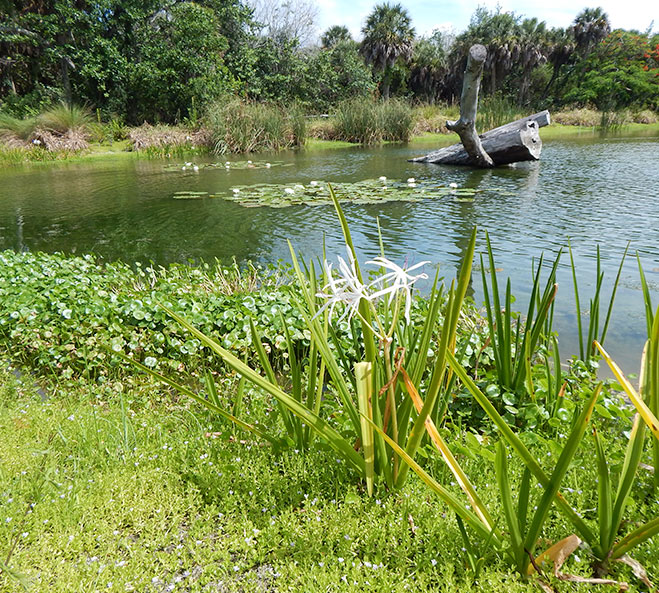
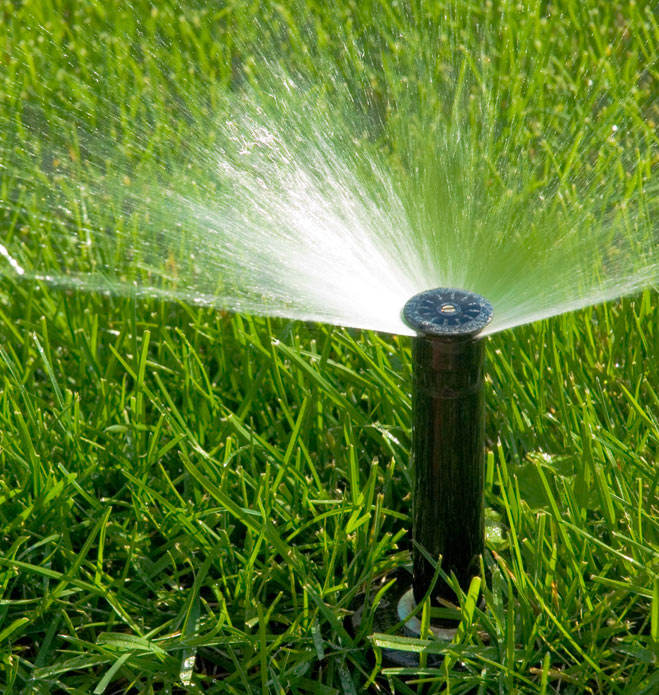
Proper Irrigation
Improper irrigation practices can compound water quality issues in nearby lakes and ponds. Excess water from irrigation running off into these water bodies may contain nutrients or materials that could cause water to appear murky. Excessive irrigation can also cause fungal problems in turf and landscape plants. Irrigation designs should consider location, soils, landscape, vegetation, water supply and water quality. The system should be designed to meet the individual needs of turf vs. landscaped areas.
As mentioned earlier, plants in the landscaped areas should be grouped together by irrigation needs. To prevent runoff, application rates should not exceed the soil’s ability to absorb and retain water or exceed available moisture storage in the root zone. The use of micro-irrigation, i.e. drip tubing, micro-bubblers and micro-spray and/or the installation of moisture cut-off devices will reduce excessive irrigation. Also, high and low pressure sensors will shut down systems should there be any breaks or malfunctions. Homeowners should hand water whenever possible.
Knowledge of your plants is imperative. Plants require more water during seed, flower and fruit production, but require less water when dormant. During colder months or those with shorter day periods most plants are not actively growing, therefore irrigation, if any, should be reduced. Irrigation systems should be inspected frequently. Properly functioning and appropriately designed systems will help improve water quality, and reduce the cost of irrigation for the homeowner.
Proper Pet Waste Disposal
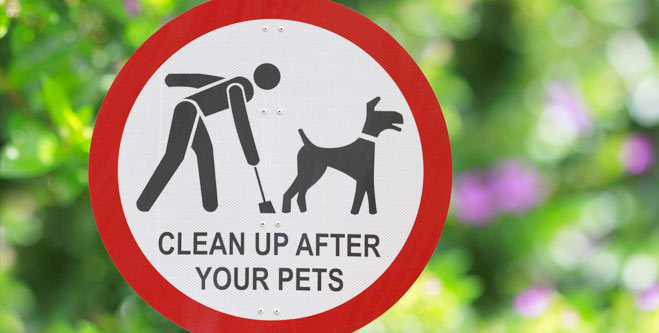
Residents of Sanibel should not only pick up after their pets when on walks, but they should also do so in their own yard. Decaying pet waste that enters a water body will release nutrients that promote symptoms of eutrophication (the process by which waterbodies increase in nutrient concentration to the point of being highly excessive) such as algae blooms. The decaying pet waste, which is being metabolized by bacteria, will consume oxygen in the water body increasing the likelihood of a fish kill. Always make sure to clean up after your pet to reduce the chance of compounding eutrophication issues.
Stormwater Retrofits
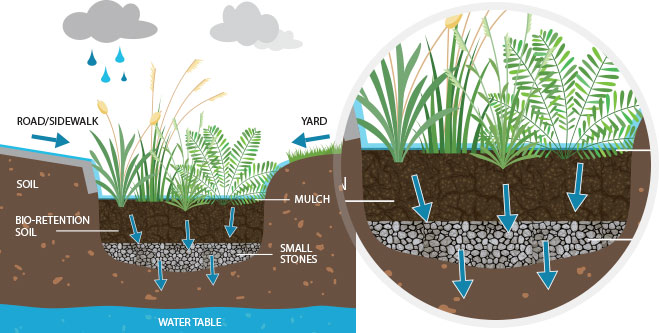
Overtime, the function of some stormwater retention or detention ponds do not meet current standards for water quality, and retrofits can help improve their function and effectiveness. Retrofitting involves choosing the most appropriate and effective stormwater treatment option at the individual retrofit site that can achieve local restoration objectives. Options for retrofitting include extended detention, wet ponds, constructed wetlands, bioretention, filtration, infiltration, swales, dredging and littoral plantings.
Runoff Control
Reducing runoff into water bodies is essential for water quality improvements. Controlling nutrients at the source is often the most inexpensive method for protecting water quality. Homeowners should implement features that have the ability to deflect or slow roof and pavement runoff. Downspouts should be positioned in such a way as to aim roof runoff at porous surface i.e. low lying shell or gravel pit or a vegetative buffer.
Roof runoff can also be collected in a rain garden or a rain barrel. Homeowners should avoid the use of concrete or asphalt because it seals the land and does not allow for infiltration of water. Instead, homeowners should install modular pavers, wood decking, stone, gravel, shell or mulch to allow for water percolation.
Another option is for controlling runoff is a technique referred to as “earth-shaping”. This involves creation of swales that can hold excess water or berms close to the water that prevent runoff from entering the system. Runoff control practices allow water to percolate down into the ground and rather than flow freely across the landscape.
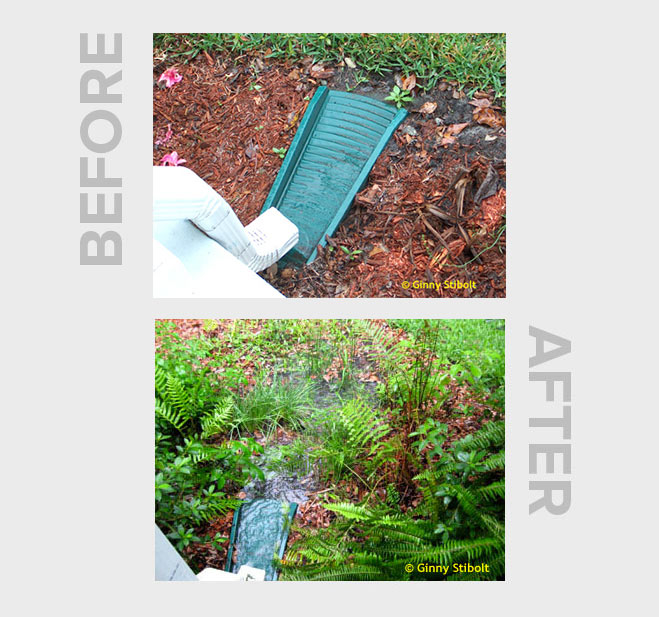
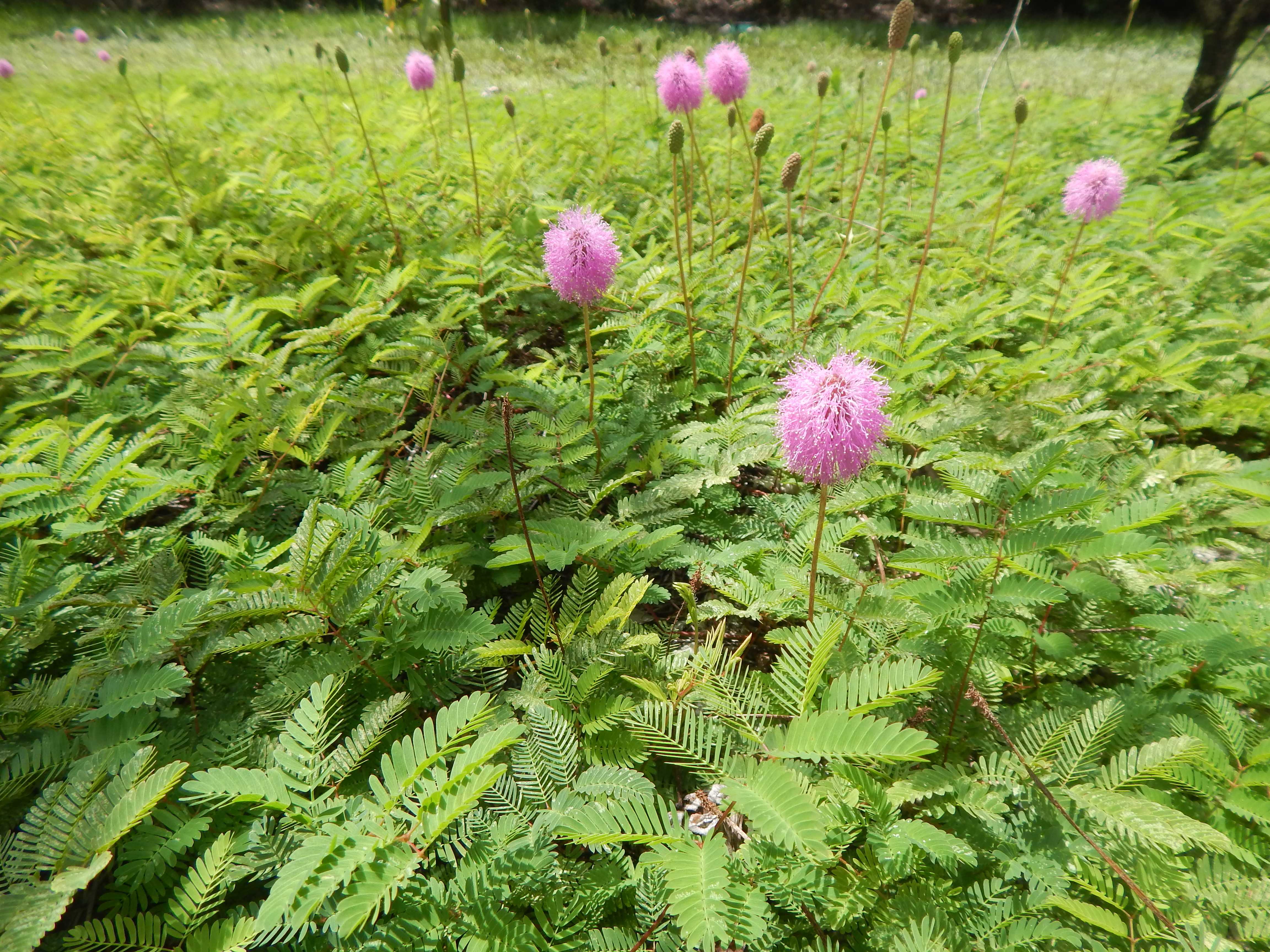
Eliminate or Minimize Turf Grass
The City of Sanibel encourages property owners to consider replacing turf grass with native groundcovers. Planted and mulched areas require significantly less water than turf grass. Native groundcovers require less fertilizer, and can be easily fertilized with natural materials like compost. Removing turf grass will not only reduce nutrient runoff, but it can save you money for the costs associated with fertilization and irrigation. Click here for a list of native landscape plants suitable for Lee County.
If you do choose to install turf grass, understanding the type of turf grass on your property can greatly reduce impacts to water quality. When selecting turf grass, homeowner’s should take into account such things as salt, drought and shade tolerance of each species. Choosing the improper (an unsuitable) species of turf grass for the property can result in the need for excess fertilizer and irrigation to revive ill-adapted species.
 We have provided a comparison table of lawn grasses (please click the image to view PDF) commonly used in Southwest Florida landscpaes, which provides information on preferred mowing heights, preferred soil, leaf texture, salt tolerance, shade tolerance, wear tolerance, drought tolerance, nematode tolerance, level of maintenance and establishment method for each species.
We have provided a comparison table of lawn grasses (please click the image to view PDF) commonly used in Southwest Florida landscpaes, which provides information on preferred mowing heights, preferred soil, leaf texture, salt tolerance, shade tolerance, wear tolerance, drought tolerance, nematode tolerance, level of maintenance and establishment method for each species.
Proper Turf Mowing Techniques
Mowing turf grass at the correct height increases turf density and root health while also increasing weed suppression. When grass is mulched, rather than collected in a bag, the clippings contain nutrients (i.e. nitrogen, phosphorus, and potassium) that act as a fertilizer. It is important to remember to keep these clippings away from stormwater systems or open bodies of water because as previously mentioned, they do contain nutrients that can impair water quality.
Grass that is mowed too short will result in a reduction of root depth making it harder for the turf to access water in the soil. Moreover, short turf blades and roots have less carbohydrate storage, which makes it harder to recover from environmental stresses to the lawn. Mowing high results in deeper roots, which encourages the development of drought tolerant turf thus reducing irrigation needs. Contrary to popular belief, watering turf infrequently can be beneficial to a lawn. This practice will also train turf roots to grow deeper, and allow the lawn to better withstand drought. Always make sure the mower blade is sharp.
Turf cut by a dull blade will require more irrigation. Mowing height for shaded turf should be raised by 30%. Turf growing in the shade has less access to light. Therefore, it needs more surface area to perform photosynthesis or else it will start to thin. These practices will ultimately reduce the amount of fertilizer and irrigation needed to maintain a healthy lawn while also minimizing impacts to water quality.
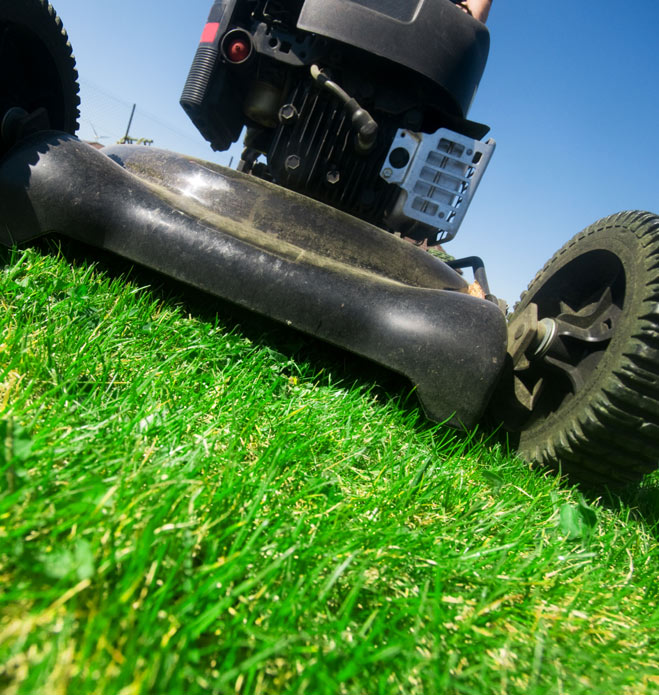
Exotic Fish Removal
Exotic fish not only compete for habitat with native fish, but they can also be detrimental to water quality. Herbivorous exotics such as blue tilapia will consume aquatic plants that remove excess nutrients water.
When creating nesting beds, these fish will uproot aquatic vegetation, and also stir up the nutrient-rich sediments which can cause or further fuel an algae bloom.
By removing exotic fish, you prevent the loss of beneficial aquatic plants, and reduce the likelihood of the nutrient rich-sediment resuspension. The removal of exotic fish is also another way to remove nutrients (the fish itself) from the waterbody.
Click here for a list of exotic fish commonly observed in Florida.

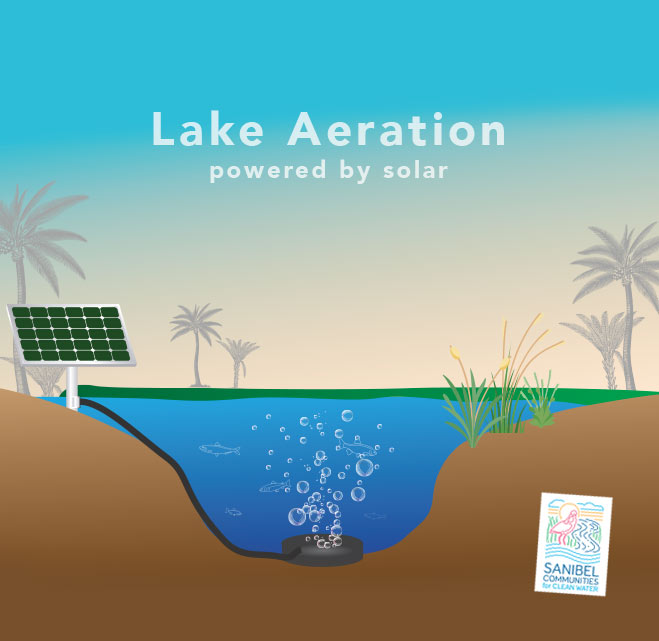
Aeration
The use of aeration (i.e. bubblers) can help improve water quality in several ways. Aeration prevents stratification, the separation of the water column into distinct layers, of dissolved oxygen. Bacteria in the bottom sediments of a waterbody require oxygen to breakdown organic matter. Mixing the water column through aeration exposes the anoxic nutrient-rich sediments to oxygen, and by doing so helps speed up the decomposition process which can potentially prolong or prevent the need for future dredging. In a well oxygenated system, phosphorus tends to bind to naturally occurring iron, which then settles into the sediments making it unavailable to algae. Furthermore, aeration enhances fish and wildlife habitat by providing a steady source of oxygen to a waterbody that is sometimes oxygen deprived during an algae bloom.
Nutrient-rich Sediment Dredging
There are times when the implementation of Best Management Practices (BMPs) that reduce external nutrient loading (when nutrients come from outside the system) are not effective in reducing nutrient concentrations in the water body. This is typically the result of nutrient rich sediments that persist in the lake bed.
The nutrients trapped in sediments can become resuspended by wildlife or strong winds, thus mixing the nutrients into the water column to be utilized by algae. This issue can be alleviated through the dredging of the nutrient rich sediments.
Once sediments are dredged they are moved off-site and disposed of. This is often a costly alternative, but may be necessary to break internal nutrient cycling within the stormwater lake.
Reuse Water Nutrient Calculator
Some residents on Sanibel are able to utilize reuse water for irrigation, however many do not know it contains elevated levels of nutrients such as nitrogen and phosphorus. Sanibel water quality sampling and data analysis that has occurred after the City’s adoption of the fertilizer ordinance has revealed optimistic downward trends of nitrogen at various sampling sites. Unfortunately, phosphorus trends remain constant or in some cases are on the rise, and this can most likely be attributed to irrigation with reuse water.
Homeowners that irrigate with reuse water should reduce the amount of fertilizer they apply to their yards since most turf and plant nutrient needs will be supplied by the reuse water. Additionally, a 25 feet reuse water irrigation buffer from any water body should be maintained. Such practices would minimize nutrients, especially phosphorus, from entering water bodies.
Landscaper Selection
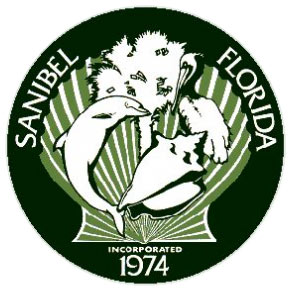 Landscapers are required by the City of Sanibel to participate and pass a Vegetation Contractor Competency course as well as a Contractor Fertilizer Competency course.
Landscapers are required by the City of Sanibel to participate and pass a Vegetation Contractor Competency course as well as a Contractor Fertilizer Competency course.
Homeowners should take it upon themselves to ensure that the landscapers they hire are certified by the City, and do in fact follow the prescribed Best Management Pracitices (BMPs). This is a very simple precaution to protect water quality and island property values. Please report all unlicensed contractors to at the City of Sanibel at (239) 472-3700.
A majority of the BMPs listed above involve very simple, straightforward strategies and/or behavioral changes that can result in reduced nutrient levels and improved water quality. Environmental values are held in high regard on Sanibel.
Communities that choose to implement BMPs in their neighborhood could potentially be recognized as a “Sanibel Slough Friendly Community” depending upon their effort to make environmentally friendly adjustments, and also whether or not such changes result in improved water quality trends.
Communities that are awarded this honor will receive signage and/or plaques to acknowledge their outstanding effort. Sanibel Slough Friendly Communities that continue to improve their lakes and ponds will receive additional rewards such as littoral plantings, rain barrels, and native vegetation that will help implement or further enhance BMPs in their community.
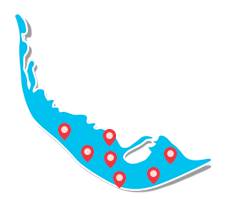
How does your community rank?
View your community’s ranking and recommendations.



